Sometimes artists will copy other artists. Sometimes those other artists will notice and complain. Other times two cartoons will look similar for other reasons. Chances are that at least one of the artists will complain anyway. In this blog entry I will be looking into the issue of plagiarism in cartoons.
Very often part of the motivation for complaining is economic – someone else is making money from your own creation. Author Harlan Ellison, for example, once got James Cameron to pay him a considerable sum of money for allegedly ripping off two of Ellison’s screenplays for The Terminator. In a recent interview, he also accused Cormack McCarthy of using one of his stories for “The Road” (now a major motion picture). I would argue that this aspect of plagiarism has gained importance only with the rise of the entertainment industry and mass media in Modernity.
The other source for complaints about plagiarism lies in a kind of sentimental attachment the artist has to his work. While copying other people’s art has played a very different role before Modernity, there are some instances in which artists have emphasized the value of their original work. Roman poet Martial for instance complained about a rip-off as early as 86 AD:
Here, Quintianus, is my book of verse,
Mine, though these lines I hear your friend rehearse.
If they complain of such grievous thrall,
Stand up and claim them, and give bail and all. [...](Epigrams I, LII; transl. Gary Willis; Latin)
Most cartoonists I know do not see their work as high art. The amount of money involved usually isn’t comparable to the profits to be made from film and literature, unless there is some kind of compilation or adaptation. That doesn’t mean, however, that plagiarism is not an issue.
In the three years that toonpool.com has been online, there have been several incidents related to plagiarism.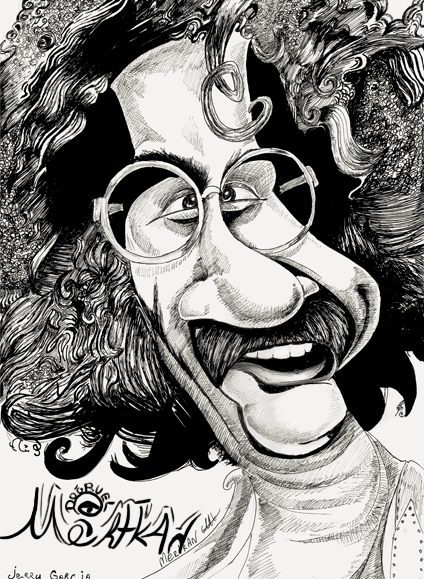
From time to time there are users who do not quite seem to get the premise of this website and upload works by other artists. I don’t even think that they mean to pass them off as their own works. Then we have artists who seem to continue the proud comic book tradition of swiping, i.e. replicating drawings by others in their own work. A third category is made up from people who take cartoons, add minor alterations and then pass them off as their own. I am not really sure if they think that they are stealing or rather reinterpreting the original piece. Outright plagiarism is relatively rare. There have been a few cases of people obviously stealing gags and compositions from successful cartoonists like Gary Larson or the New Yorker cartoonists. But, again, these have been relatively rare.
The vast majority of cases of cartoon “plagiarism” is actually almost impossible to solve.
In these cases, two cartoons will look alike but bear the individual styles of the artists in question without any obvious similarities of composition or language. It may be possible to tell who “got the idea” first by looking at the original publication date. Still, there often is no way of telling if both artists haven’t just had the same idea. The concept of the “guy sitting on a urinal” cartoon, for instance, isn’t too hard to come up with if you happen to know the accepted form of using a urinal.
Still, some cartoonists will complain even then or even sue. While legal traditions concerning copyright may differ greatly between countries, they all agree in one thing: Copyright does not protect ideas themselves (see this statement by the US Copyright Office). In order to receive financial compensation an artist will have to prove that the alleged plagiarist has really copied a certain piece of work. This is, of course, where courts will differ in their interpretation of what “copying” means. Another way of dealing with the economic side of plagiarism is to expose habitual swipers by collecting evidence. While the original artist may not see any money from this, it may still prevent the plagiarist from making further money from other people’s art.
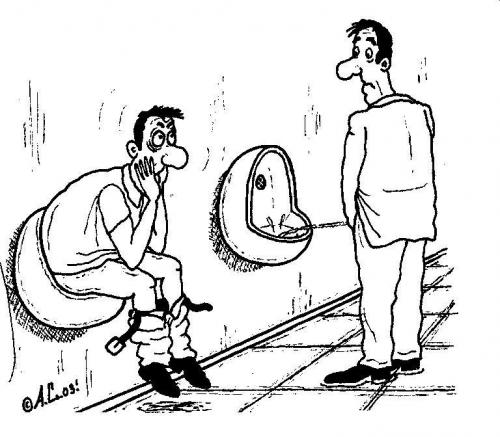 The “sentimental” side of plagiarism mentioned above deserves further consideration. American artist Gwen Seemel has written down some of her thoughts about the fear of being ripped off in her blog. Seemel emphasizes the need for originality in an artist and I think this is true for cartoonists as well. If you have a unique style of art, humor and language it will be hard to successfully “steal” your works. On the other hand, she stresses the difficulty of telling whether your work has actually been covered and the fact that any imitation of style is, after all, a compliment. These two points are crucial.
The “sentimental” side of plagiarism mentioned above deserves further consideration. American artist Gwen Seemel has written down some of her thoughts about the fear of being ripped off in her blog. Seemel emphasizes the need for originality in an artist and I think this is true for cartoonists as well. If you have a unique style of art, humor and language it will be hard to successfully “steal” your works. On the other hand, she stresses the difficulty of telling whether your work has actually been covered and the fact that any imitation of style is, after all, a compliment. These two points are crucial.
Cartoonist, like other artists, will be able to deal with plagiarism with a combination of legal action where necessary, pointing out unmistakable swipes and, most of all, a relaxed attitude towards each other in order to keep the first two at a minimum.
Thanks to David Nejjar for providing some valuable information.
Title Image: Clown und Klon by Armella
Further Reading:
- The great toonpool.com collection of similar-looking cartoons
- A blog dedicated to swipes in comic books
- Another swipe blog including swipes in illustration and film (sometimes a bit too easy on the accusations for my taste)
Tags: plagiarism, plagiat, swipe
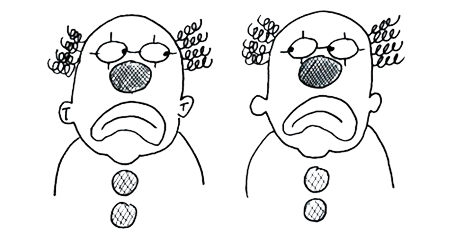
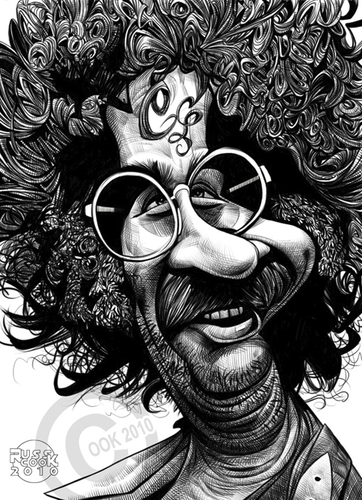
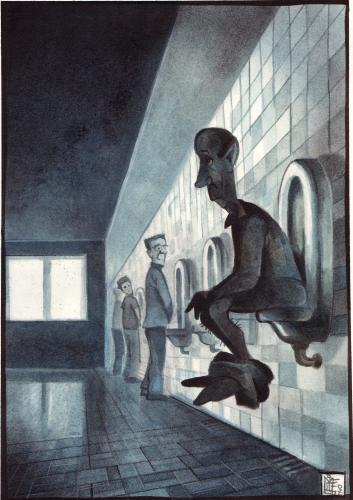
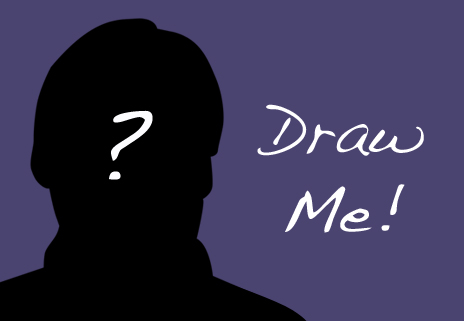
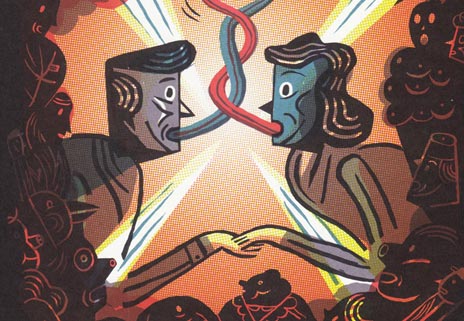

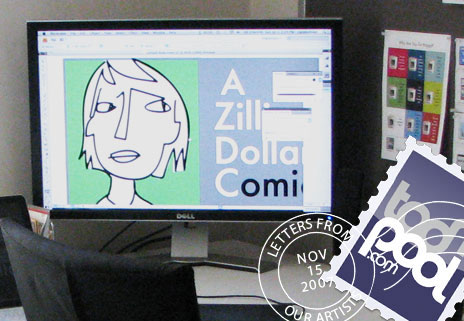
This article is very interesting and would be very timely to discuss openly what is the line that divides the casual of plagiarism.
Sometimes the copy is outrageous, in others some works can be accused of plagiarism even though they are fruit of absolute casual.
In the field of art, (and even more now with the use of internet) it seems that anything goes.
One way or another nothing comes from nothing and ideas are the result of an accumulation of images and experiences of our own culture and experiences,we all file thousands of thing in mind.. .. well, the influences are inevitable unless you see a mind able to draw a real first line,a path so far unknow,without roots in any place…an origin, so to speak..
Great article, Paul
Here’s a great site showing plagiarism and down-right rip-offs….http://youthoughtwewouldntnotice.com/blog3/
Thanks, Hugh!